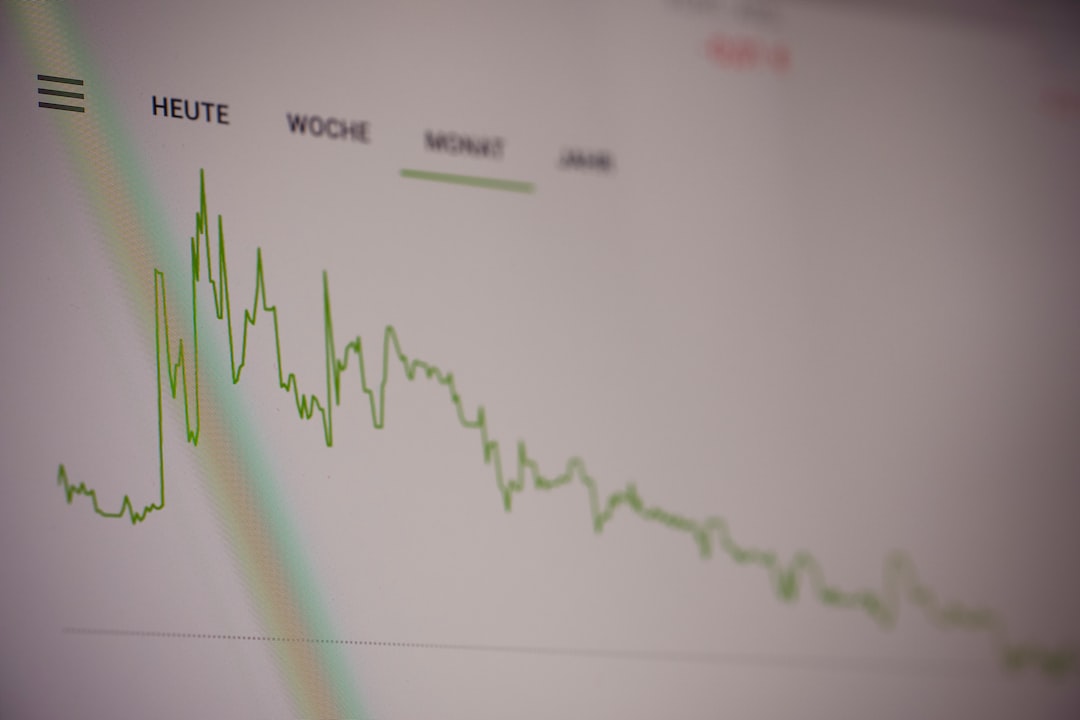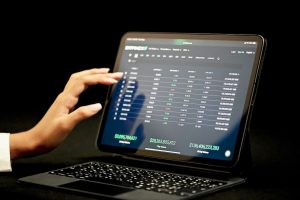Forex trading is a complex and intricate market that requires a thorough understanding of the industry, its terminologies, and the various trading strategies employed by traders. One of the most critical aspects of Forex trading is the ability to define a trend accurately. A trend is a general direction in which the market is moving, and understanding it is essential for traders to know when to enter, exit or hold a position. In this article, we will explore how to define a trend in Forex trading.
What is a Trend in Forex Trading?
A trend is a general direction in which the market is moving. It is a persistent and recognizable shift in the price of a currency pair over time. A trend can be either bullish or bearish, depending on whether the market is moving up or down. The trend can be classified as short-term, intermediate-term, or long-term, depending on the time frame being analyzed. In Forex trading, a trend is essential because it determines the direction in which traders should take their positions.
How to Define a Trend?
Defining a trend in Forex trading involves analyzing the price movements of a currency pair over a specific period. There are various tools and strategies that traders can use to identify a trend. Some of these tools include:
1. Moving Averages
Moving averages are one of the most popular tools used to identify trends in Forex trading. A moving average is an average of the price of a currency pair over a specific period. Traders use moving averages to smooth out the price fluctuations and identify the overall trend. There are different types of moving averages, such as simple moving averages, exponential moving averages, and weighted moving averages. Traders can use one or a combination of these moving averages to identify the trend.
2. Trend Lines
Trend lines are another popular tool used to identify trends in Forex trading. A trend line is a straight line that connects two or more price points and extends into the future. Traders use trend lines to identify the overall direction of the trend. An upward trend line connects two or more price points that form higher lows, while a downward trend line connects two or more price points that form lower highs.
3. Relative Strength Index (RSI)
The Relative Strength Index (RSI) is an oscillator that measures the strength of a currency pair’s price movements. Traders use the RSI to identify overbought and oversold conditions in the market. When the RSI is above 70, it indicates that the currency pair is overbought, and a reversal is likely to occur. When the RSI is below 30, it indicates that the currency pair is oversold, and a reversal is likely to occur.
4. Price Action
Price action is a trading strategy that involves analyzing the price movements of a currency pair without relying on indicators or other tools. Traders use price action to identify the overall direction of the trend by observing the highs, lows, and patterns of the price movements. The price action strategy is based on the principle that price is the most important indicator in Forex trading.
Conclusion
Defining a trend in Forex trading is essential for traders to make informed decisions about when to enter, exit, or hold a position. There are various tools and strategies that traders can use to identify a trend, such as moving averages, trend lines, the Relative Strength Index (RSI), and price action. Traders should use a combination of these tools and strategies to get a more accurate and reliable view of the trend. As with any trading strategy, traders should also exercise caution and manage their risks to minimize losses.





